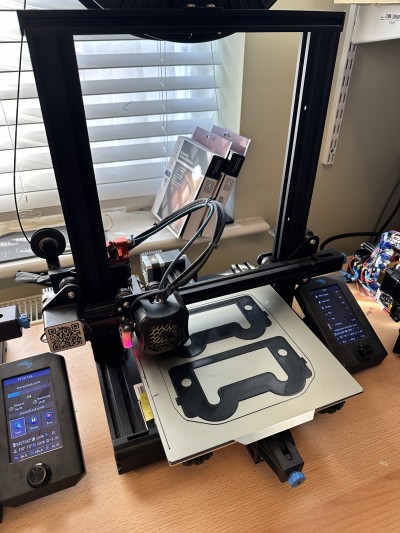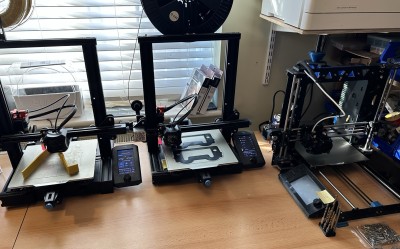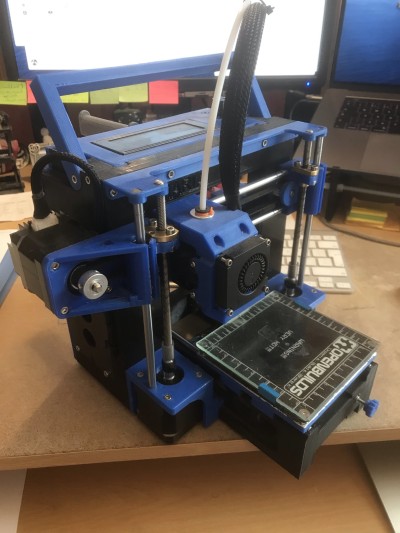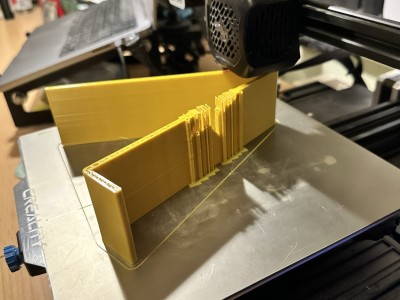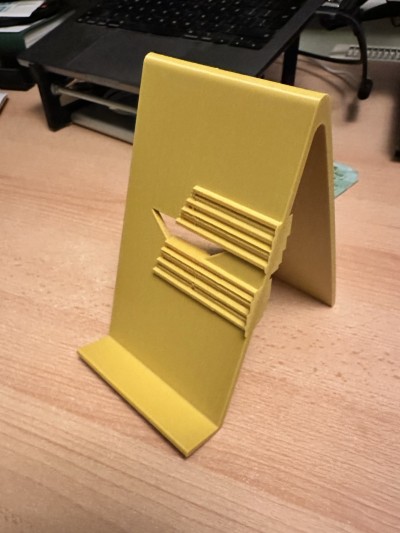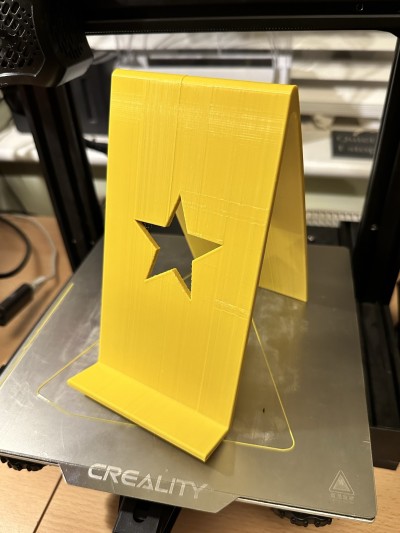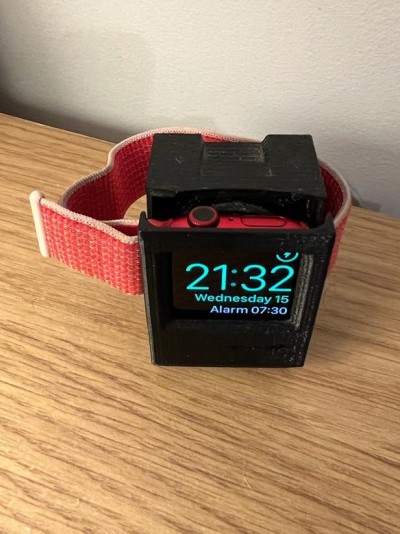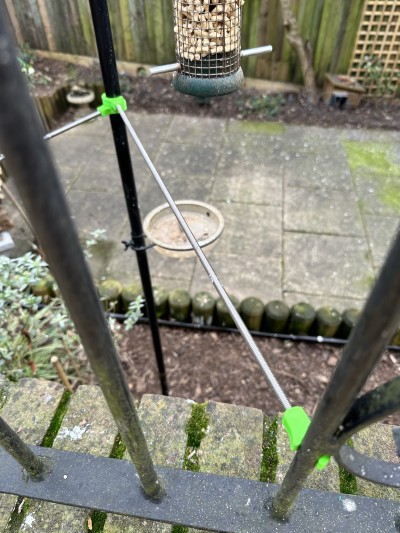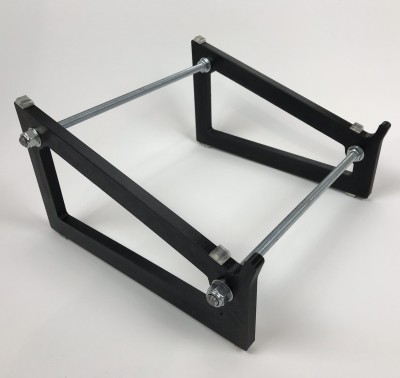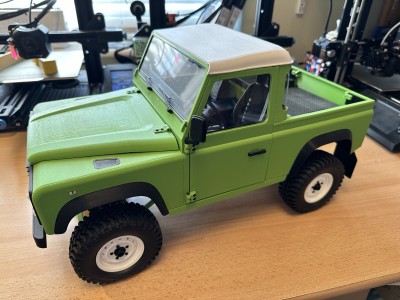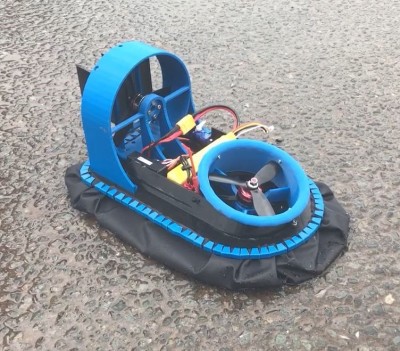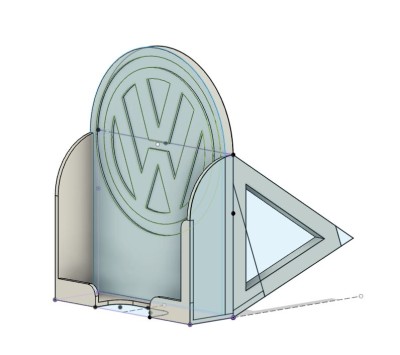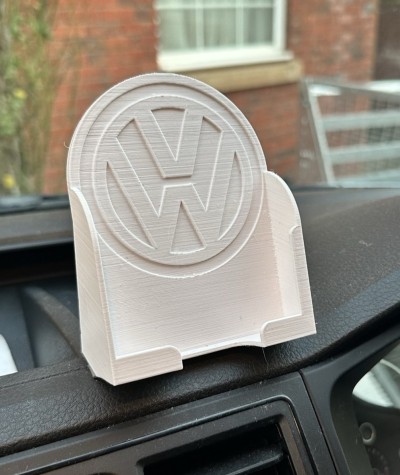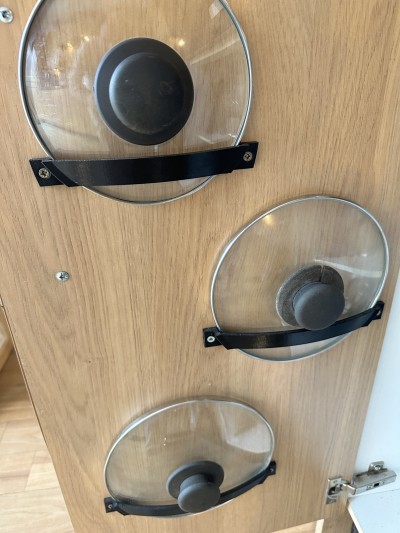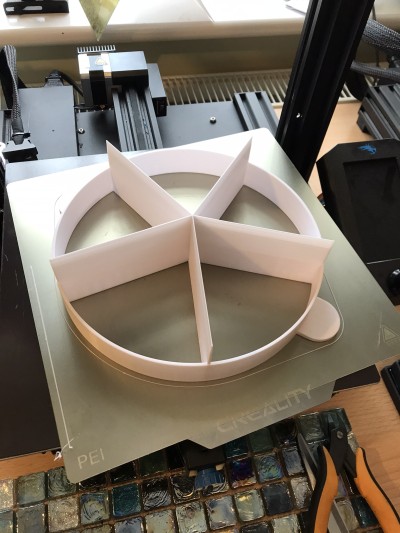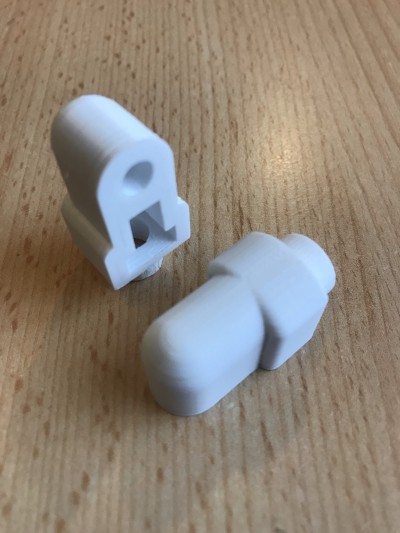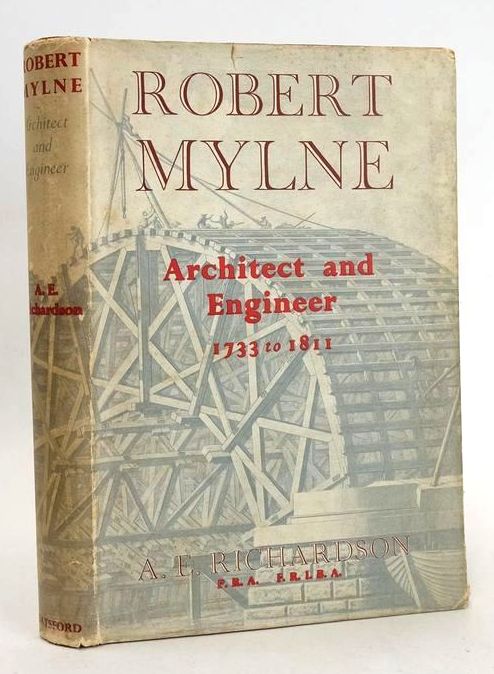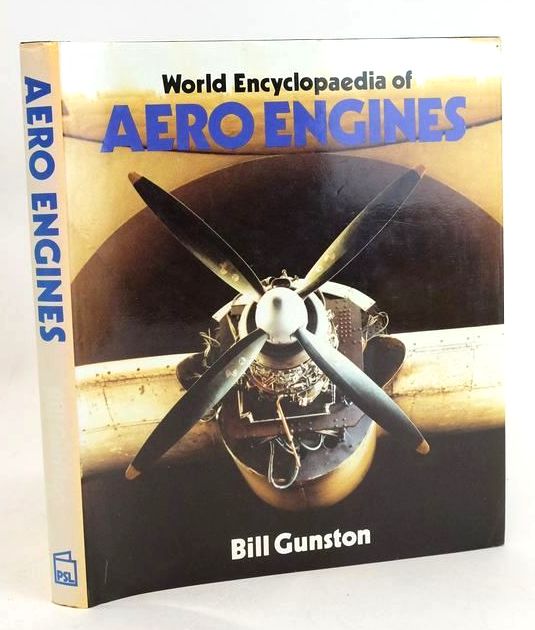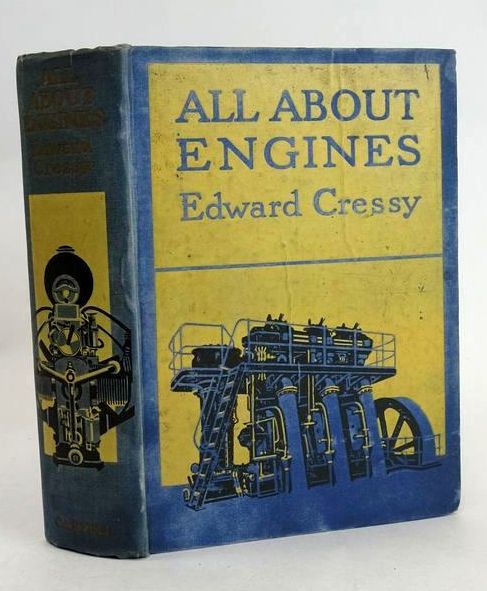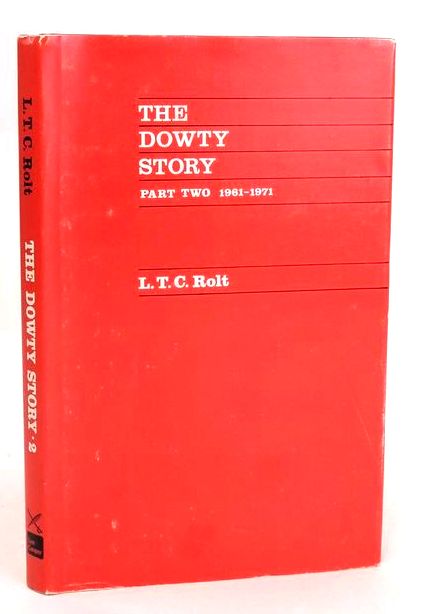Additive Manufacturing – or 3D Printing
I suppose there is a great British tradition of men tinkering away in sheds at the bottom of gardens – inventing some amazing contraption or fixing that kitchen appliance that has decided to stop working.
I like to think that Additive Manufacturing - better known as 3D printing - falls into this same tradition. Its popularity, low cost and minimal barriers to entry have allowed a younger generation to rapidly realise ideas or quickly design and print spare parts for obsolete gadgets.
Before I relate a little of my 3D printing story, I should explain how these amazing contraptions work. At the most basic level, these devices produce 3D parts by building up the part layer by layer. The media (and therefore the process of fusing the layers) can vary greatly. At the high-end, metal powders are used, which are then fused using a high-powered laser in a process called SLS (Selective Laser Sintering). The end result can be incredibly complex metal parts with shapes and hollow areas that would be impossible to create using traditional methods.
Over the last few years, resin 3D printers (SLA or Stereolithography) have gained popularity as the costs have dropped and usability has improved. As the name implies, these printers use resin that cures instantly under a powerful ultraviolet light. Again, resin is added layer by layer before being cured by a small screen. Although a messy process, the end results are highly detailed parts, albeit quite delicate. This process has become particularly popular with model makers for producing miniature figures.
However, arguably the most popular and accessible form of 3D printing – and the one I’ve always used – is FDM (Fused Deposition Modelling). This basically melts plastic through a tiny nozzle and deposits it accurately onto a build surface. Again, this is done layer by layer, slowly building up a part. These printers have become readily available in recent years with surprisingly good machines being available for as little as £200.
I have been fascinated by 3D printers from first hearing about them. When a friend built one from recycled inkjet printer parts and some plywood, I had to have a go. At that time, I don’t remember there being any affordable (for me at least) consumer grade 3D printers available, so you had to build your own. I took a slightly more traditional route: I bought a laser cut steel frame before sourcing all the various bits of hardware and the electronic components. It was a steep learning curve but eventually I had a (fairly) reliable 3D printer. I still own that first printer – although it’s been rebuilt countless times as new control boards and extruders have become available. My collection has now grown to four printers including a mini printer, that itself is mainly 3D printed, and two off-the-shelf printers.
When it comes to the sourcing the designs to actually print you have basically two options. Firstly, you can download designs to print. There are numerous websites where various individuals have uploaded designs that can be downloaded and printed. Often these designs are free, but more complex designs might cost a little money. Secondly, you can get busy in some CAD software and design your own parts.
I’ve used both methods. When needing some component, I generally check if someone has already done the hard work of designing the part first, before cranking up the CAD software and having a crack at designing it myself. My wife recently bought me the plans for a 3D printed Land Rover. It took me several months to print and assemble but was worth every penny. The design was almost entirely 3D printed, with the exception of the tyres and suspension springs. I’ve also downloaded and printed a small radio-controlled hovercraft. Boys and their toys comes to mind…
Although it’s very easy to download existing designs, I do get a lot more satisfaction from designing my own parts. There are a number of 3D design programs available, both free and paid-for. It doesn’t take long to get the hang of 3D modelling (after watching a few YouTube tutorials) and means you can design something that will perfectly meet your requirement.
I’ve been able to design and print numerous bits and bobs for the house and car – and been able to sell some of these designs online. I’ve designed everything from saucepan lid holders to phone holders and cheesecake cutters!
3D printing has never been easier to get into. The printers are affordable, and there is a plethora of online communities, YouTube channels and other resources to help a newbie get started with this hobby. And you never know, you might be able to make a bit of money or start a new career!
Contributed by Steve
(Published on 1st Mar 2023)



